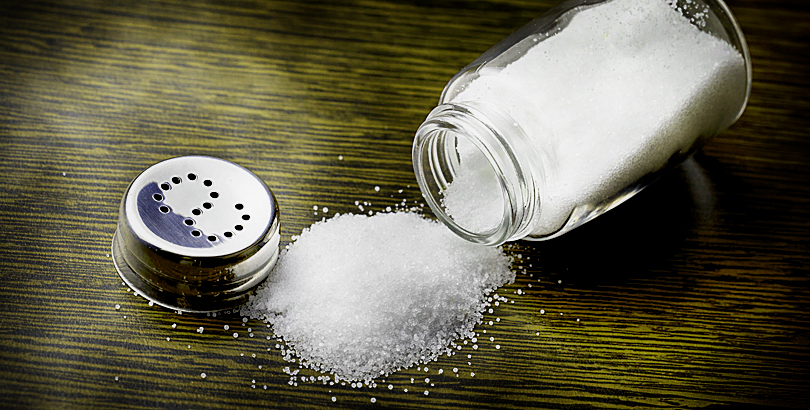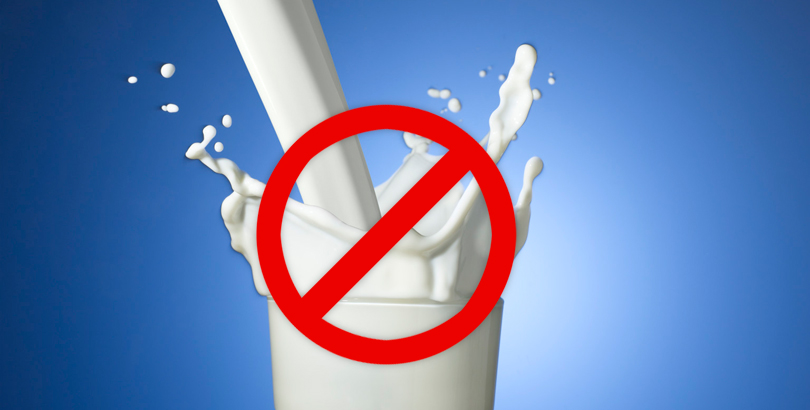What is VO2 and VO2Max
VO2 (or oxygen consumption) is a measure of the volume of oxygen that is used by your body to convert the energy from the food you eat into the energy molecules, called adenosine triphosphate (ATP), that your body uses at the cellular level. VO2Max (or maximal oxygen consumption) is simply the maximum possible VO2 that a given person can achieve. Therefore, by definition, a VO2Max measurement is ultimately a measure of your cardiorespiratory fitness level. The V in VO2 stands for volume, and in fact it is usually displayed in technical texts with a dot above it to indicate that it represents not just a volume, but a volume rate (i.e. a volume per unit of time). The O2 in VO2 is the chemical formula for oxygen in its most stable form, the form that is found in the air we breathe. During aerobic/endurance exercise, as your exercise intensity increases, so does your VO2. If you continue to increase your exercise intensity you will eventually reach a point of maximal exertion (i.e. you cannot work any harder than you already are). Your VO2 at this stage of maximal exertion is called your maximal oxygen consumption (VO2Max).
How is VO2Max Measured?
VO2 is essentially the difference between the amount of oxygen that a person inspires and the amount of oxygen that they expire. Therefore, to accurately determine someone’s VO2 you need to know the volume of air that they inspire and expire and the percentage of oxygen in the inspired and expired air (remember, the percentage of oxygen in the inspired air is an already known constant, so you really only need to measure the percentage in the expired air).
Results for VO2 measurements are generally displayed in L•min-1 (i.e. litres per minute, representing the volume of oxygen consumed by your entire body each minute) or, to account for differences in total body mass, in mL•kg-1•min-1 (i.e. millilitres per kilogram per minute, representing the volume of oxygen consumed each minute per kilogram of your body mass).
The method for measurement of VO2 can be summarized according to the following equation
VO2 = [VI x % O2VI] – [VE x % O2VE]
where [ VI = Volume of Inspired Air, % O2VI = Percent Oxygen in Inspired Air , VE = Volume of Expired Air , % O2VE = Percent Oxygen in Expired Air]
What are Normal VO2Max Values?
The table below displays standard VO2Max classification ranges for both men and women.
| VO2Max (mL•kg-1•min-1) for Women | |||||
|---|---|---|---|---|---|
| Age (years) | Poor | Fair | Good | Excellent | Superior |
| 20 – 29 | ≤ 35 | 36 – 39 | 40 – 43 | 44 – 49 | 50+ |
| 30 – 39 | ≤ 33 | 34 – 36 | 37 – 40 | 41 – 45 | 46+ |
| 40 – 49 | ≤ 31 | 32 – 34 | 35 – 38 | 39 – 44 | 45+ |
| 50 – 59 | ≤ 24 | 25 – 28 | 29 – 30 | 31 – 34 | 35+ |
| 60 – 69 | ≤ 25 | 26 – 28 | 29 – 31 | 32 – 35 | 36+ |
| 70 – 79 | ≤ 23 | 24 – 26 | 27 – 29 | 30 – 35 | 36+ |
| VO2Max (mL•kg-1•min-1) for Men | |||||
|---|---|---|---|---|---|
| Age (years) | Poor | Fair | Good | Excellent | Superior |
| 20 – 29 | ≤ 41 | 42 – 45 | 46 – 50 | 51 – 55 | 56+ |
| 30 – 39 | ≤ 40 | 41 – 43 | 44 – 47 | 48 – 53 | 54+ |
| 40 – 49 | ≤ 37 | 38 – 41 | 42 – 45 | 46 – 52 | 53+ |
| 50 – 59 | ≤ 34 | 35 – 37 | 38 – 42 | 43 – 49 | 50+ |
| 60 – 69 | ≤ 30 | 31 – 34 | 35 – 38 | 39 – 45 | 46+ |
| 70 – 79 | ≤ 27 | 28 – 30 | 31 – 35 | 36 – 41 | 42+ |



















